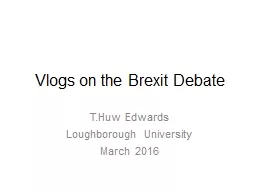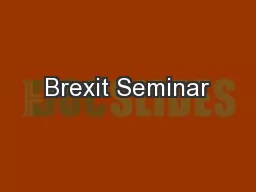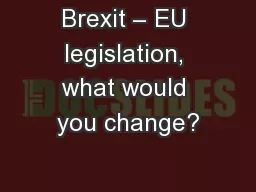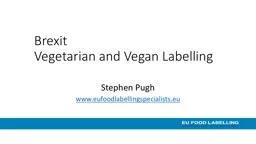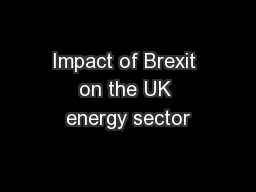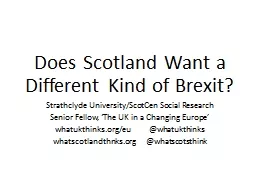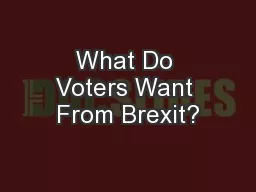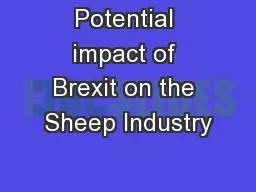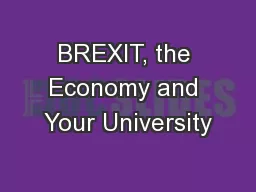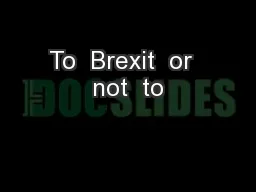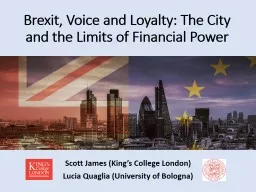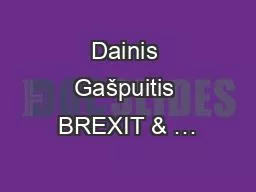PPT-Vlogs on the Brexit Debate
Author : olivia-moreira | Published Date : 2018-01-12
THuw Edwards Loughborough University March 2016 Vlogs on the Brexit Debate 2 Fog In Channel or the importance of taking geography seriously Fog In Channel Continent
Presentation Embed Code
Download Presentation
Download Presentation The PPT/PDF document "Vlogs on the Brexit Debate" is the property of its rightful owner. Permission is granted to download and print the materials on this website for personal, non-commercial use only, and to display it on your personal computer provided you do not modify the materials and that you retain all copyright notices contained in the materials. By downloading content from our website, you accept the terms of this agreement.
Vlogs on the Brexit Debate: Transcript
Download Rules Of Document
"Vlogs on the Brexit Debate"The content belongs to its owner. You may download and print it for personal use, without modification, and keep all copyright notices. By downloading, you agree to these terms.
Related Documents

